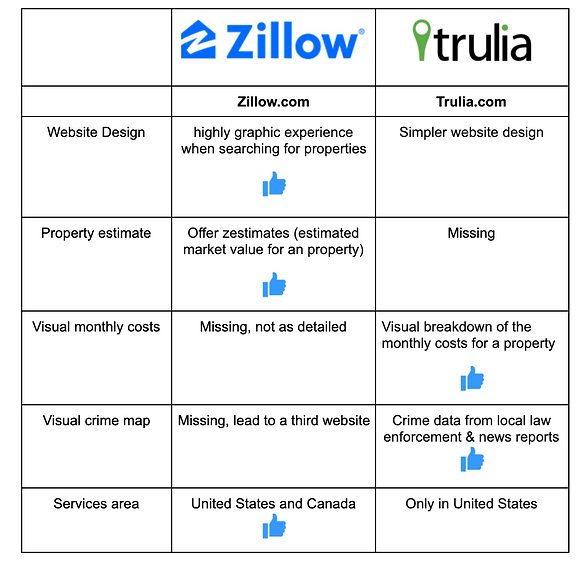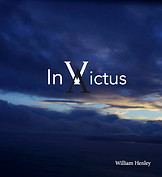Zilllow Evaluation

Overview
This is a class team project that I finished with my classmates. We did a usability testing to identify the product gaps and propose several solutions to improve the house searching experience
Role
Usability Testing Moderator, Persona Building, Moderator Guide Writing
Duration:
February 2020 - April 2020 (10 weeks)
Study Motivations & Objectives
Homes are the center of peoples’ lives, the focus of some of their most important decisions and often their most valuable assets. In addition to whether to buy, sell or rent, consumers frequently make many other important home-related decisions, including decisions relating to home financing and home equity loans. Residential real estate is one of the largest sectors of the U.S. economy and supports millions of professionals that provide services related to home purchases, sales, rentals and home financings.
It is important that this experience of home purchasing and renting are at its best for the average consumer. Therefore, a usability study was proposed to evaluate the Zillow website as a way to measure whether the real estate database was on the right track for providing users with what they need.
The objectives of the study test plan are:
-
To evaluate which functions of Zillow are necessary for the consumer’s home hunting* experience
-
To evaluate the usability of home/apt searching features
-
To identify features of Zillow that participants are potentially struggling with or find confusing
-
To identify which potential feature the team should consider implementing based off of feature ranking results
Process

Competitive Analysis

Research & Insights

User Persona

Persona a: First Time Renter

Persona b: First Time Buyer
Usability Testing


Usability Testing Session 1
Usability Testing Session 2

User Task Flow
Metrics and Measures

Main Findings
With a total of 7 participants (4 naive renters & 3 experienced renters) findings were similarly distributed among the two user groups with the exception of the last task involving future features to implement. Due to circumstances the nature of the study had to be converted to a remote usability session that would be conducted online via a Zoom conference call. The session itself was shortened to 30 minutes of time to accommodate working schedules of students and professionals. Our findings are summarized via the table below:





